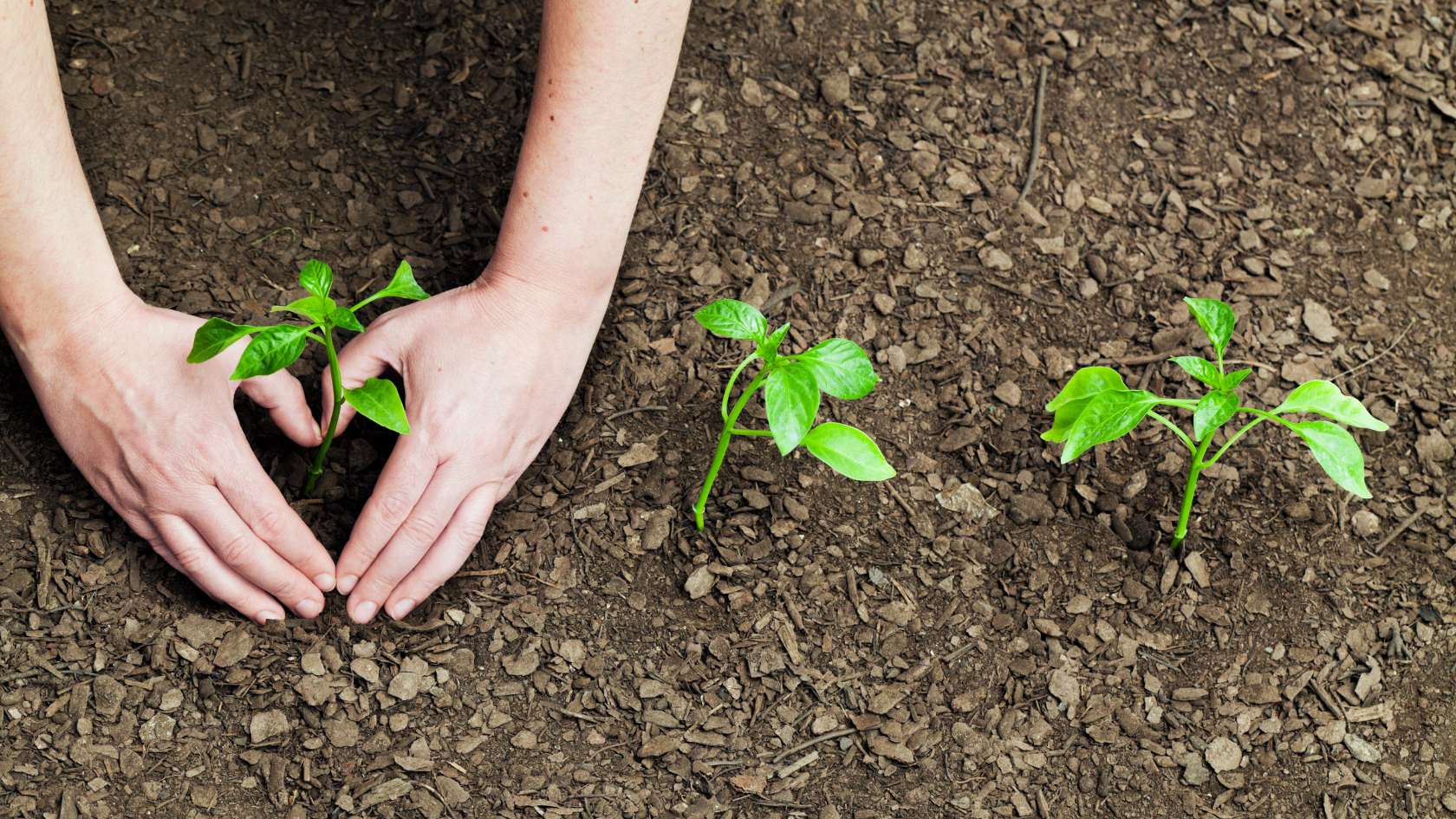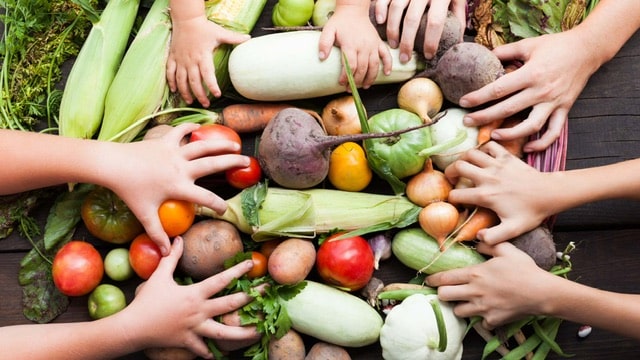COVID was a once-in-a-lifetime jolt to the world. Millions died, many millions more got sick – some with long-term implications, and economies globally came to a near screeching halt.
Those who had been living on the economic edge were joined by millions more who had to close their business or were laid off, and all of them needed help. The food bank network was stressed to a near breaking point, and thousands of food pantries temporarily or permanently closed as their elderly volunteers didn’t want to risk their health.
Additionally, the entire food system was severely shaken leaving grocery stores struggling to keep food (and yes… even toilet paper) available. The entire country expressed deep appreciation to healthcare workers as well as all other “essential” workers – including those working in grocery stores.
The USDA helped by increasing SNAP benefits by 15% and boosting the maximum benefit many households could get. Indeed, very low-income families saw their monthly benefits go up by at least $95 to help assure that there would be food on the table.
That was the good news at a time when good news was in short supply.
The bad news was that Congress had directed the USDA to reverse many of these enhanced benefits when the government (state or federal) declared that the pandemic was over. And that time has come.
Many people who lost jobs or businesses have returned to employment, but others, including those with long COVID, still struggle. Inflation has hit the shopping list at the very time when SNAP benefits are being reduced.
America’s gardeners can step in and help.
This is the time of year when most gardeners are already in the garden or are itching to get into it – depending upon where in the country they live. Many gardeners, space providing, have the opportunity to expand their garden at little or no cost to themselves, many choosing to deliberately grow more than they can use, explicitly for donation. You may want to think about doing that.
If you are like me and start some plants from seed, you almost never used all that come in the packet, meaning you can grow more without spending a penny more. And if, like me, you also use seedlings (I love Bonnie Plants), you can buy a few extra to help nourish your community when you harvest more than you can use, regardless if that surplus was accidental or intentional. Furthermore, the super healthy garden fresh food you donate goes a long way towards helping to improve the quality and nutritional strength of food getting to your community.
Families still needing help to feed themselves deeply appreciate the donations as do the food pantries.
The good news is that the pandemic is over.
The not-so-good news is that millions more will again struggle to feed themselves.
The lasting good news is that the solution to hunger is in your backyard.




